Poppi Soda Ingredients: What’s In This Trendy Drink?
Among the rising stars in this space, Poppi has caught everyone’s attention – and for good reason! In this comprehensive guide, I’ll break down exactly what goes into each can of this revolutionary beverage. Whether you’re health-conscious or just curious about this trending drink, understanding Poppi Soda ingredients will help you make an informed choice about this popular alternative to traditional sodas.
Core Poppi Soda Ingredients
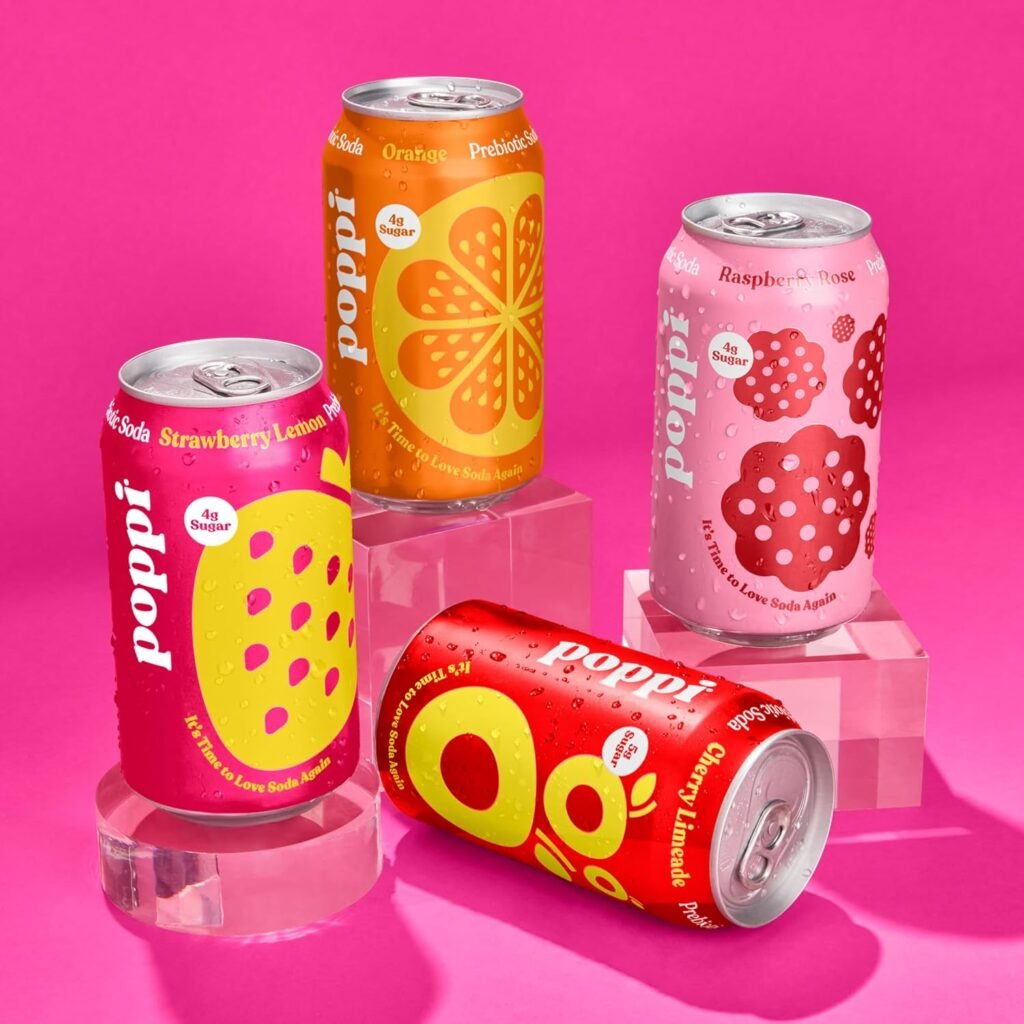
You know what’s funny? I used to think apple cider vinegar was just something gathering dust in my pantry until I discovered Poppi. Let me tell you about what actually goes into these trendy little cans that have basically taken over my fridge (and trust me, I’ve done my homework on this one!).
Apple Cider Vinegar
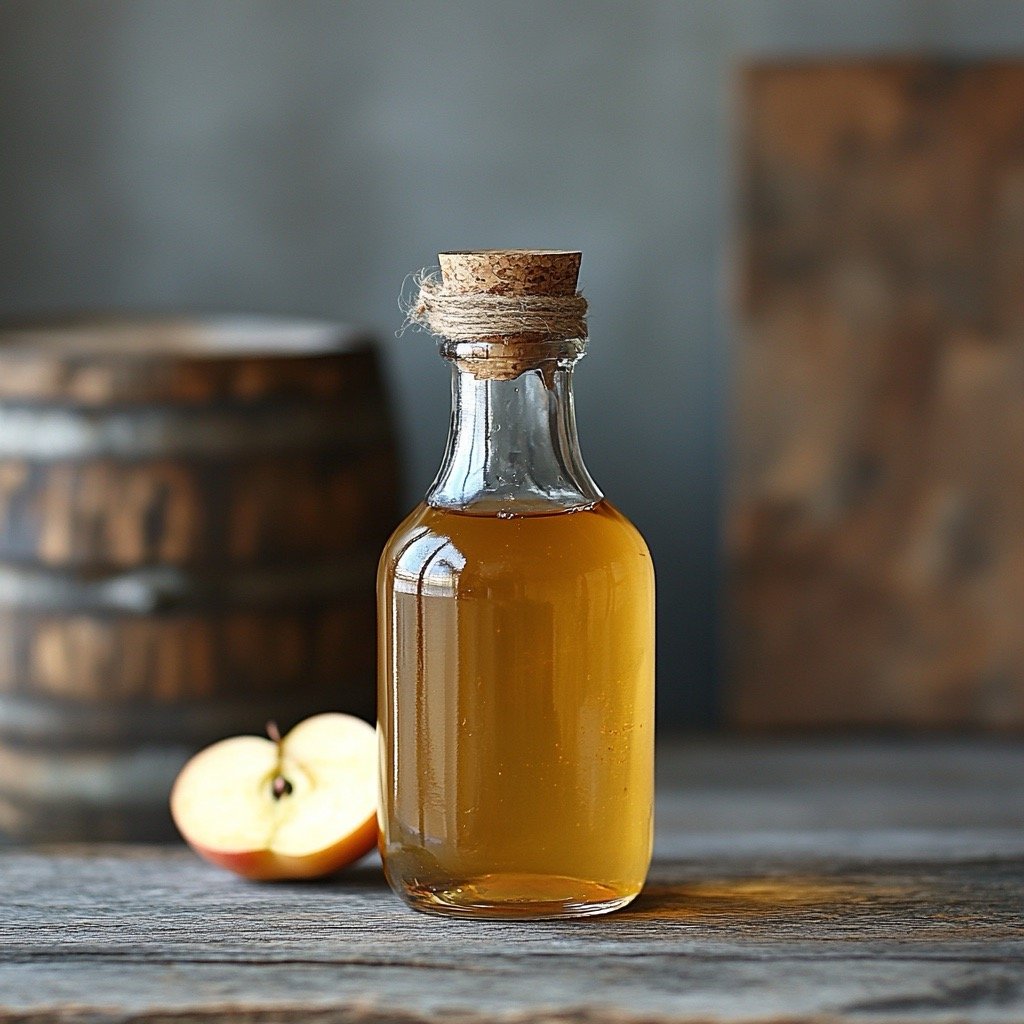
It’s basically this cloudy, stringy substance that contains all the healthy prebiotics and bacteria. Poppi uses about 1 tablespoon of ACV in each can, which is just enough to give you the benefits without making you feel like you’re drinking salad dressing
Sparkling Water
The sparkling water base is what gives Poppi its satisfying fizz. I’ve gotta say, they’ve nailed the carbonation level – it’s not so aggressive that it makes you feel like a dragon breathing fire, but it’s definitely got enough pop to feel refreshing. The carbonation also helps mask some of that vinegar taste, which is pretty clever if you ask me.
Juice Concentrates
Each flavor uses different combinations of natural juice concentrates, and I’ve noticed they tend to use whatever fruit is advertised on the can. For example, their strawberry lemon flavor actually contains real strawberry and lemon juice concentrates – not that artificial stuff that tastes like somebody just imagined what a strawberry might taste like.
Stevia Leaf Extract & Organic Cane Sugar
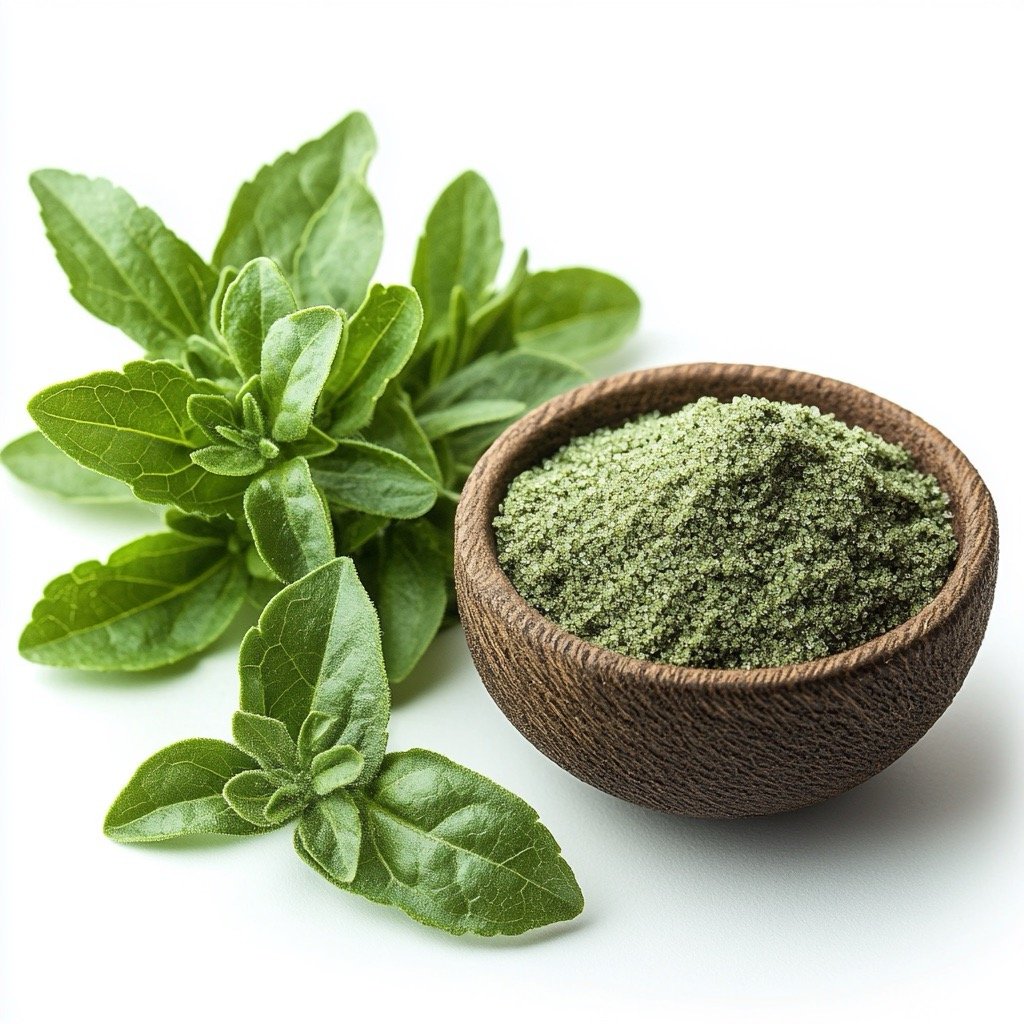
Now, I’ll be honest – if you’re super sensitive to stevia, you might notice that characteristic stevia aftertaste in some flavors more than others. I personally think the fruitier flavors like Watermelon and Strawberry Lemon mask it better than others. Pro tip: these drinks taste best ice-cold – like, straight-out-of-the-fridge cold. The colder temperature seems to make the stevia taste smoother somehow.
Prebiotics
Besides what’s naturally occurring in the ACV, Poppi adds additional prebiotics to support gut health. It’s not just a marketing gimmick – I’ve actually noticed a difference in my digestion since I started drinking these regularly. And believe me, I was skeptical at first! The prebiotics come from natural sources and work together with the ACV to support your gut microbiome.
Understanding Poppi’s Unique Flavoring System
Okay, let’s dive into the flavoring system because this is where things get really interesting! After trying literally every flavor Poppi makes (yep, I’m that dedicated), I’ve gotten pretty good at understanding how they make these drinks taste so darn good without all the junk.
Each flavor is like its own little science experiment, I swear. Take their Doctor Pop flavor, for instance – it was mind-blowing to discover they managed to recreate that classic soda taste using stuff like grape juice concentrate, natural caramel coloring, and spices. No artificial colors or high fructose corn syrup in sight! I remember showing it to my uncle, who’s been drinking the traditional stuff for 40 years, and even he was impressed.
The natural colorants are something I geek out about. You should’ve seen my face when I realized that the pink color in their Strawberry Lemon flavor comes from actual fruit and vegetable juices! Most companies would just toss in some Red 40 and call it a day, but Poppi uses things like black carrot juice and apple juice concentrate to create those vibrant colors. Pretty neat, right?
Here’s a fun little tidbit I discovered through trial and error – the flavors actually taste different based on what you eat them with. Like, the Raspberry Rose pairs amazingly with dark chocolate (trust me on this one), while the Orange tastes incredible after a workout. It’s because of how they use natural flavor compounds that interact with your taste buds differently than artificial flavors.
The preservation system is pretty clever too. Instead of using sodium benzoate or potassium sorbate like most sodas, Poppi relies on a combination of citric acid and the natural preservative properties of ACV. I learned this the hard way when I found an old can in my car during summer – even after being exposed to heat, it still tasted fine thanks to this natural preservation method!
Health Benefits of Poppi Soda Ingredients
Let me tell you about my journey with these ingredients, because it’s been quite the ride! When I first started looking into the health benefits of Poppi, I was honestly pretty skeptical. I mean, how could something that tastes this good actually be good for you?
The apple cider vinegar component was my first big revelation. I used to try taking ACV shots in the morning (terrible idea, by the way – my teeth still haven’t forgiven me), but getting it through Poppi is so much more pleasant. I’ve noticed that drinking it with lunch helps with that afternoon bloat that used to make me feel like a balloon. The ACV in Poppi is less concentrated than taking it straight, but that’s actually better for regular consumption.
Now, about those prebiotics – they’re the real MVPs here. I didn’t really understand the difference between prebiotics and probiotics until I started paying attention to my gut health (getting older is fun, isn’t it?). Basically, prebiotics are food for your good gut bacteria. Think of them as fertilizer for your internal garden. Since drinking Poppi regularly, I’ve noticed my digestion has become more regular and predictable – no more mystery stomach issues!
The low sugar content was a game-changer for me. I used to crash hard after my afternoon soda, but that doesn’t happen with Poppi. Each can has less than 5 grams of sugar, which is pretty incredible when you compare it to traditional sodas that pack in around 40 grams. I actually did a little experiment where I tracked my energy levels after drinking different beverages, and Poppi consistently kept me stable.
For those following specific diets, I’ve done some detective work. These drinks fit into most dietary patterns – they’re vegan, gluten-free, and non-GMO. I’ve got friends on keto who drink them, and my cousin who’s doing Whole30 got the green light for certain flavors. Just remember to check the specific flavor ingredients if you’re following a strict protocol.
Ingredient Safety and Quality Standards
Let me tell you about what I’ve learned regarding Poppi’s safety standards – and believe me, I’ve gone down some serious research rabbit holes on this one! As someone who’s pretty picky about what goes into my body (learned that lesson the hard way with some sketchy supplements back in the day), I needed to know exactly what I was drinking.
First off, all of Poppi’s ingredients are FDA approved, which might seem like a no-brainer, but you’d be surprised how many trendy drinks try to slip in “grey area” ingredients. I actually reached out to their customer service once about their manufacturing practices (yeah, I’m that person), and was pretty impressed with what I learned. They produce everything in facilities that are certified for food safety, which honestly gave me peace of mind.
Here’s something interesting I discovered – they source their apple cider vinegar from producers who maintain mother cultures (the good bacteria that makes ACV so beneficial). It’s like sourdough starter, but for vinegar! The quality of the ACV makes a huge difference in the final product, and I can actually taste it when compared to some copycat brands I’ve tried.
Their organic certification journey has been pretty interesting to follow. While not all ingredients are organic, they prioritize non-GMO ingredients across the board. I’ve got a friend with severe allergies who was nervous about trying Poppi, but their allergen information is super transparent. They maintain a dedicated production line to prevent cross-contamination – that’s the kind of detail that matters when you’re dealing with food sensitivities.
The quality control measures are no joke either. Each batch goes through multiple testing phases before it hits the shelves. Fun fact: they use something called a Brix test to ensure consistent sweetness levels across batches. I learned about this after noticing how consistent the taste is compared to other prebiotic drinks I’ve tried (and trust me, I’ve tried A LOT).
Nutritional Profile and Dietary Considerations
Alright, let’s break down the numbers – and I promise to make this way more interesting than your high school math class! After analyzing probably hundreds of Poppi cans (my recycling bin could tell some stories), I’ve gotten pretty familiar with their nutritional profile.
Each can typically runs between 20-25 calories, which is pretty miraculous considering how satisfying they are. I remember the first time I compared this to my old soda habit – I was consuming about 140 calories per can of regular soda! That’s a difference that really adds up over time. Trust me, my jeans noticed the switch before I did.
The macronutrient breakdown is pretty straightforward – we’re looking at less than 5g of carbs per can, with most of those coming from natural fruit juices. For my keto friends out there (and I’ve got quite a few), this means most flavors can fit into your daily macros without wreaking havoc on your ketosis. Just watch out for the fruit-heavy flavors if you’re being super strict.
One thing I really appreciate about Poppi is how they cater to different dietary restrictions. I’ve got a cousin who’s vegan, a friend who’s gluten-free, and another who keeps kosher – and they can all enjoy these drinks. That’s pretty rare in the beverage world! The only people who might need to be careful are those with severe apple allergies (obviously) or extreme sensitivity to stevia.
When comparing Poppi to other prebiotic beverages, it’s actually pretty impressive how they’ve balanced taste with nutrition. I’ve tried some prebiotic drinks that honestly taste like liquid chalk (sorry not sorry), but Poppi manages to deliver the benefits without the weird aftertaste. They’ve somehow found that sweet spot between healthy and actually enjoyable.
As for daily consumption, I’ve found that one to two cans per day works best for most people. I learned through experience that starting with a whole can might be too much if you’re not used to prebiotics – trust me, your gut will let you know! It’s better to start with half a can and work your way up. And definitely don’t make the mistake I did of drinking three cans back-to-back just because they taste good. Your digestive system will not thank you for that experiment!
Conclusion
Hey, friend! If you’ve made it this far in our Poppi deep-dive, you’re probably as passionate about finding healthier alternatives as I am! I’d love to hear about your favorite Poppi flavor or any cool ways you’ve incorporated these drinks into your daily routine.
Drop a comment below sharing your Poppi experience! ✨ Did you discover any flavor combinations I haven’t tried yet? Has it helped you kick your regular soda habit? I try to respond to every comment, and your insights might help other readers too!
Want to stay in the loop about more healthy drink alternatives and ingredient breakdowns? Hit that subscribe button and join our community of health-conscious beverage enthusiasts!
Quick favor? If you found this breakdown helpful, giving it a quick thumbs up helps other curious folks find this information too! And don’t forget to save this post for later – you might want to reference it next time you’re standing in the beverage aisle wondering what to try!
Stay fizzy, friends! 🌟

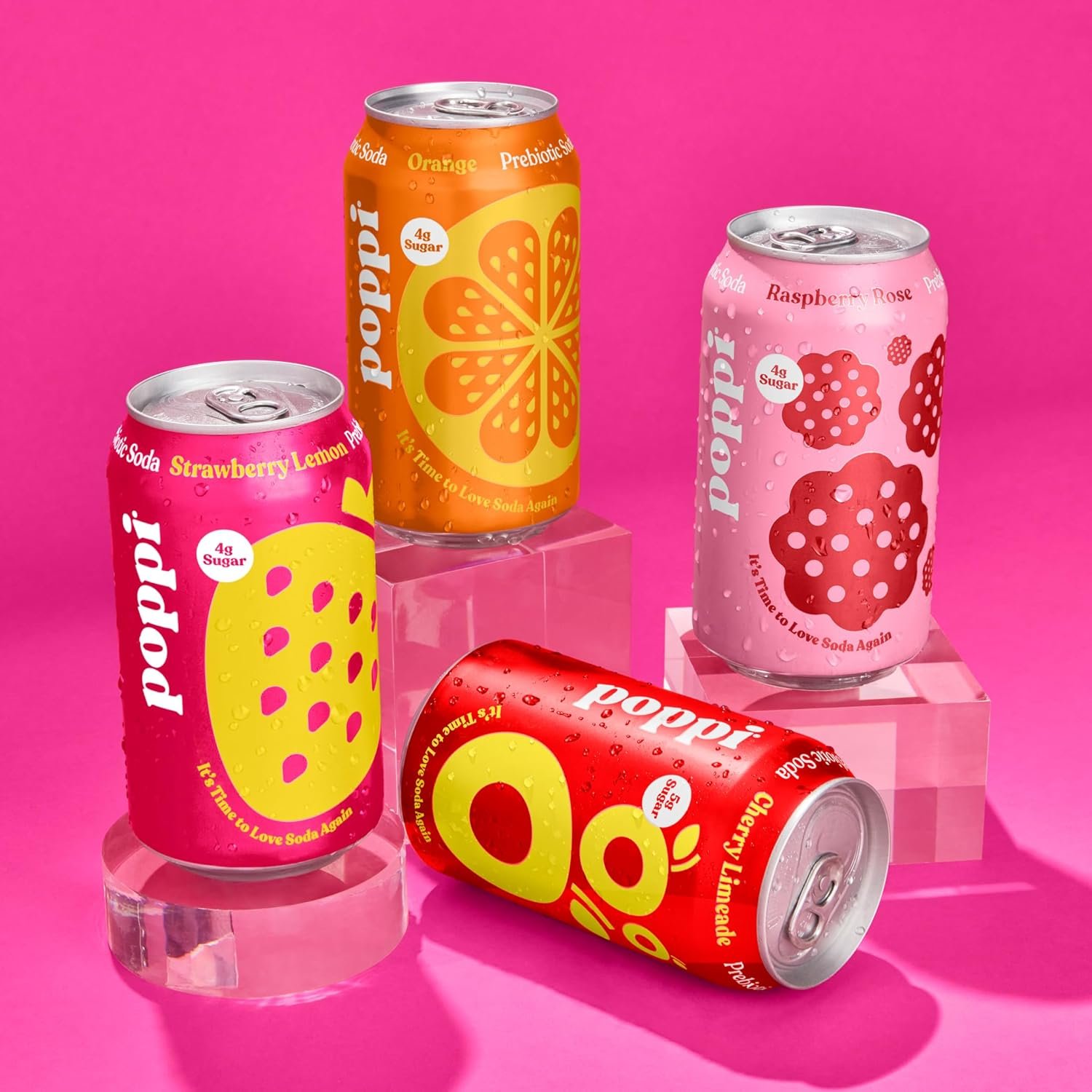

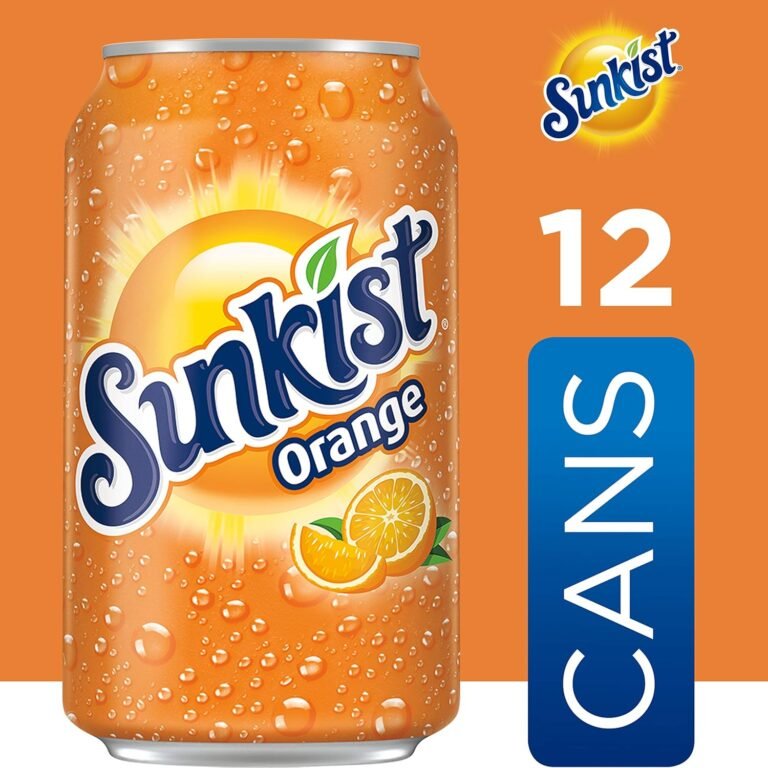
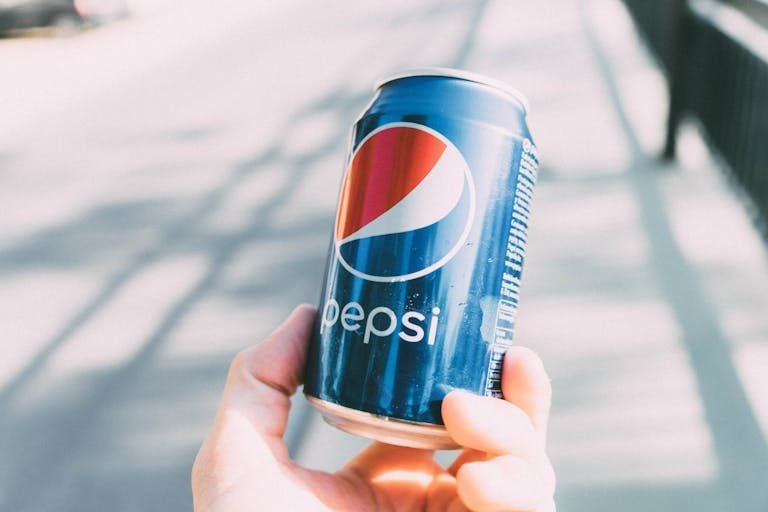
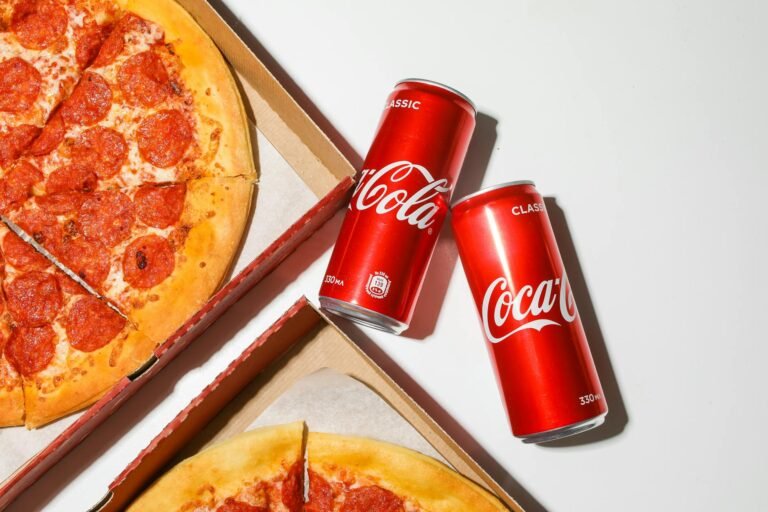
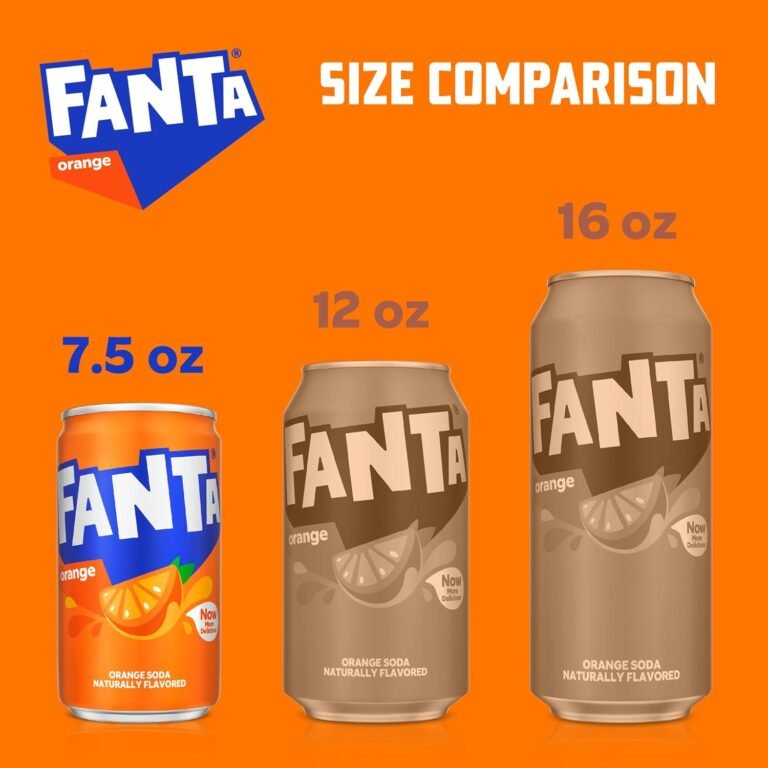
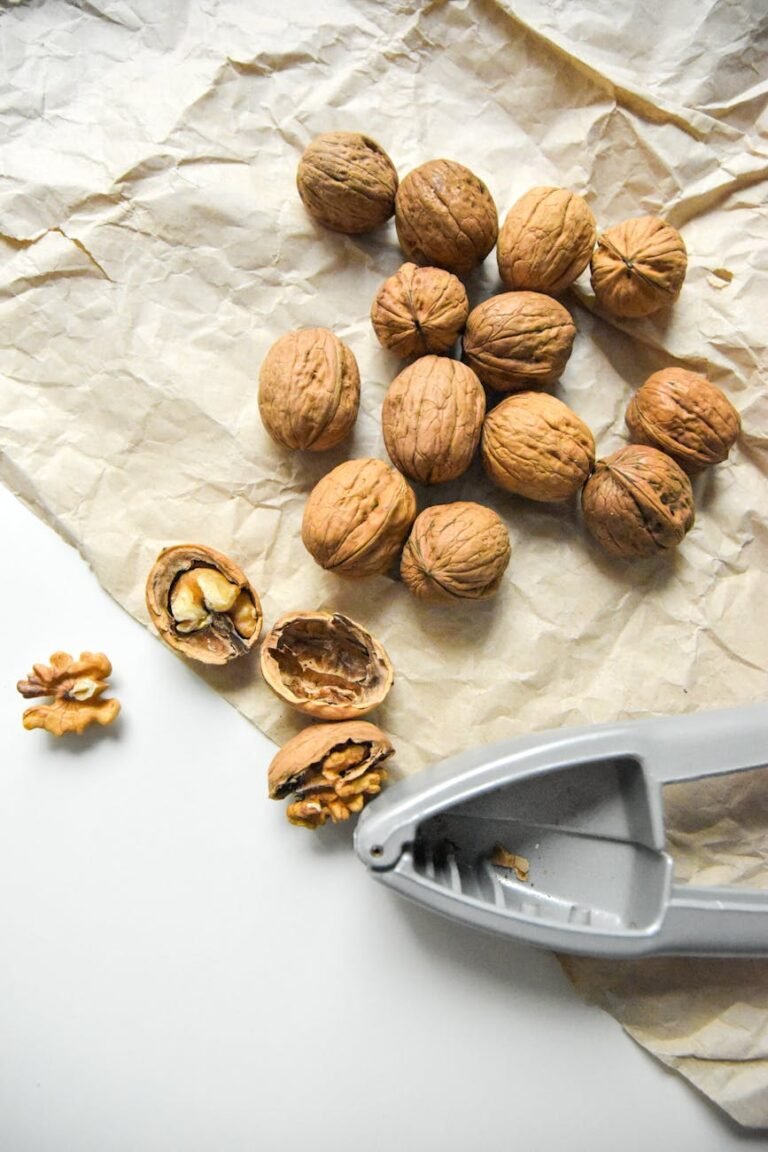
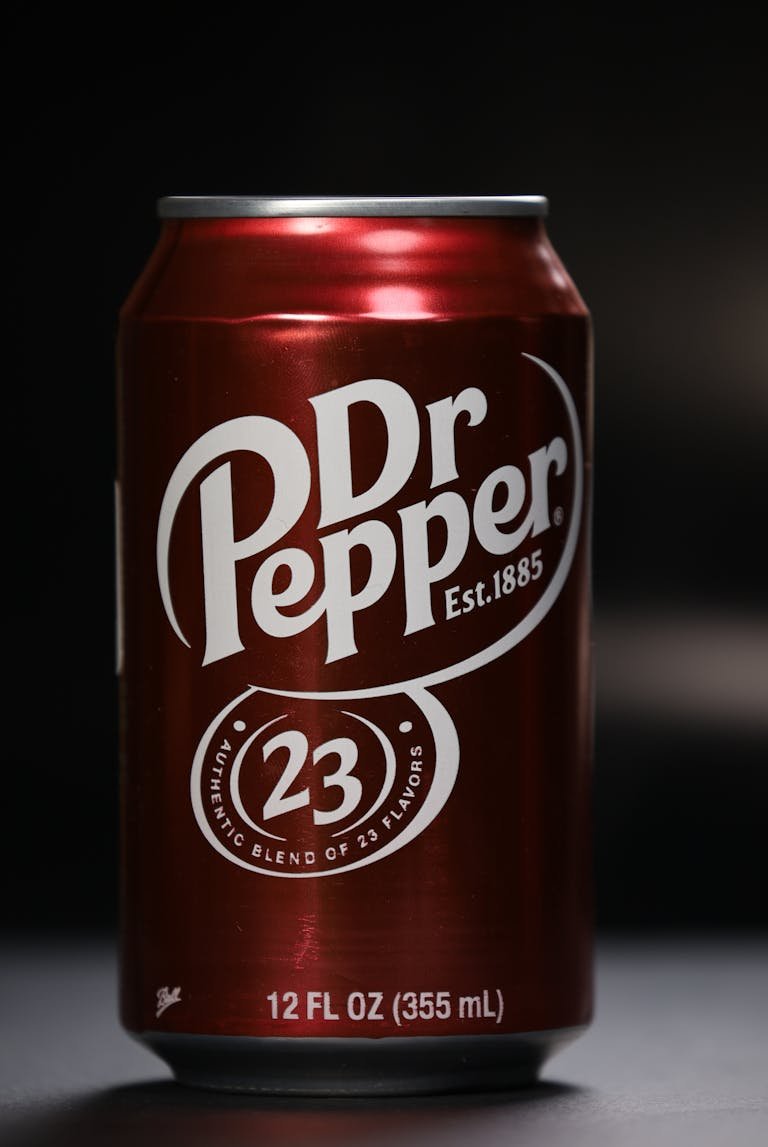
I tried a poppy cherry soda, first tme. That evenine I had stuffy nose and coughing. could I be alergic to stevia? I have used apple cider vinergar all my life, or is the reaction a coiincidence